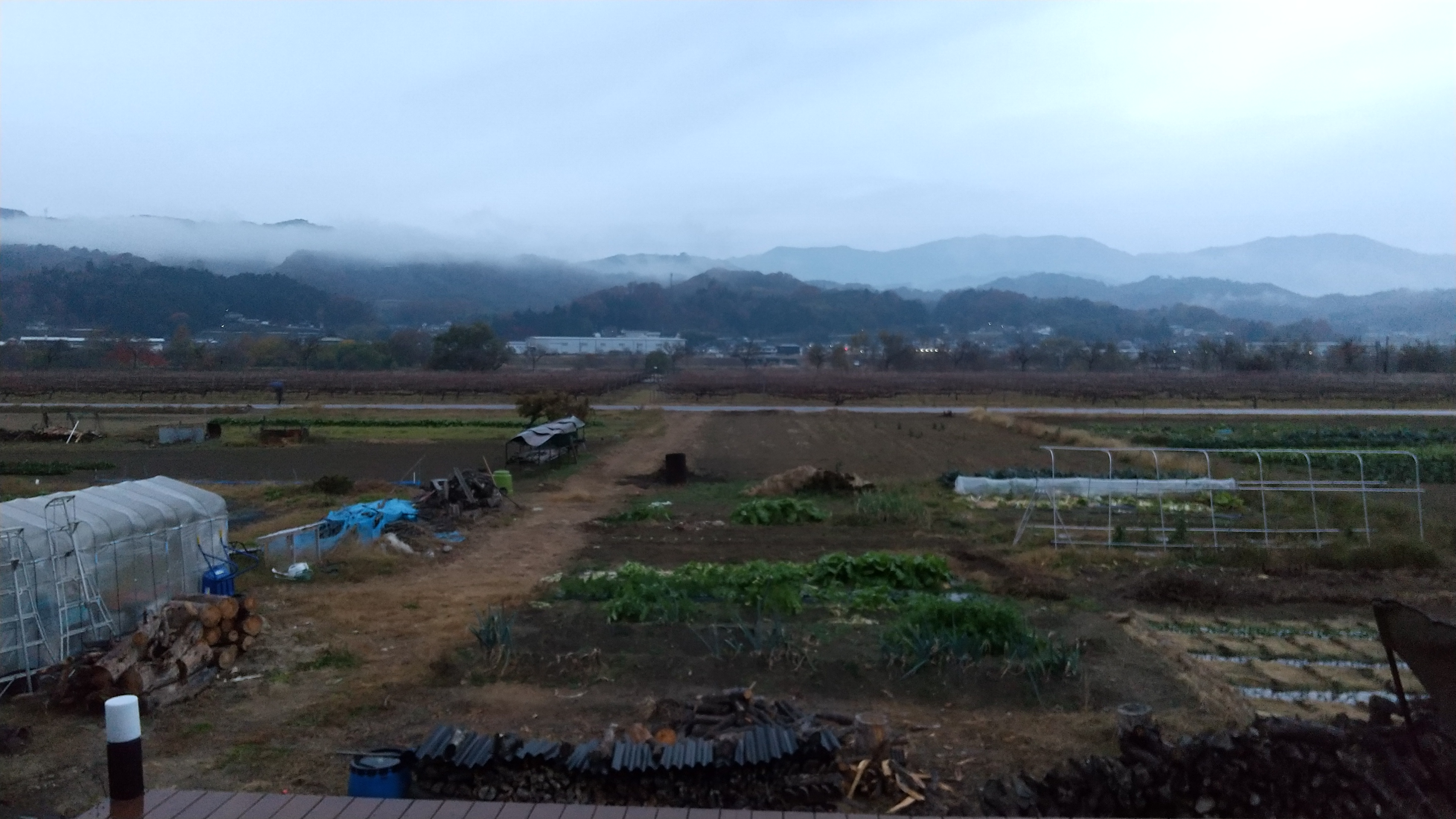2022/12/14
Create Opportunities for a Diversified Future! The Potential of Local Areas Found in Late Autumn in Southern Shinshu Province

(The original article in Japanese was posted on November 25, 2022)
For two days from November 19, I participated in an inspection trip to Iida City, Nagano prefecture. The event with a title of "Walking Tour in Iida City, Shinshu (Old name of Nagano), the Land of Apples, and Undeveloped Mysterious Lands of Spectacular Views” was organized and prepared by the multifunctional collaboration involving Iida City Office's "YUI-Turn Moving-in and Settling-down Promotion Division1"; Mr. Hisashi Sonehara, a native of Iida City and representative of a non-profit organization, Egao Tsunagete (the title implies Happy Smile Connection, located in Hokuto City, Yamanashi Pref.) which assists rural revitalization throughout Japan; Mr. Tatsuyuki Ichinose, also a native of Iida City and President of Sekai o Tsunagu, Ltd. (Link the world Inc., located in Chofu City, Tokyo) which is engaged in domestic and international travel planning and regional vitalization; and Ms. Mikiko Toshima, an editor and writer. Basically, the inspection tour is aimed at creating opportunities for the development of related population by the beneficial use of high-quality tourism resources. Based on the concept of this event, three guest participants were invited to the tour: Mr. Kinya Tamaki, professor at Aoyama Gakuin University and CEO of Aoyama Gakuin Human Innovation Consulting Co., Ltd.; Mr. Makoto Urata, senior researcher of Institute of Noto Satoumi Education and Studies; and Takashi Mizukoshi (the writer himself of this column).
Starting from Iida Station on the JR Iida Line, we had a full-course of valuable two-day tour visiting desolated railway stations often called “hikyo stations2,” tea plantations, hot springs, an old private villa where we spent overnight, the Tenryu Canyon, and an apple field where we enjoyed apple-picking experience. As it was expected, we were deeply fascinated by famous spots as well as spectacular landscapes. Besides, the tour enhanced my understanding of the food culture of the region such as people’s "love for Yakiniku (grilled beef)," which is symbolized by the fact that they have the largest number of Yakiniku restaurants per population in Japan, and locally specific dietary habit of entomophagy (the practice of eating insects) in Ina Valley. Likewise, we had a chance to learn the history and traditions of the area along the railway line. Mr. Kaoru Katsuno, who runs a workshop for reproducing vacuum-tube radios, told us an anecdote about Kaneto Kawamura, an Ainu chief who worked as a leader to lay railway tracks after fierce struggles against number of challenging points. Mr. Katusno also explained the origin of Daimyo (a feudal lord) procession which was famous for the performance of unique gestures.
The tour highlighted the story of three young business owners leading a life in the region. Nakai-Samurai tea farmer Shichirohei II, who was born in Shizuoka and graduated from Iwate University, has settled down in this land. "The essential skill needed for tea picking is physical capabilities,” he said cheerfully. Listening to his talking to us, we could never link him to the image of deserted “undeveloped mysterious land." He chose this land just because it was the best place for tea cultivation. The second one was the owner of "Tsubame to Tsuchi to (Swallows and the soil)," a 130-year-old traditional Japanese house inn. He was an entrepreneur who returned to his hometown after accumulating experiences at an urban classy hotel. “My dear wife will become a certified farmer next year," saying affectionately, the villa owner talked about his desire for his business expansion. The third one was the fourth generation of the apple grower "Tatsumi Farm." He told us the importance of building relationships not only with tourists/visitors, but also with the local community. With the cooperation of local farmers in the area where lateral communication was not actively exchanged previously, he produced and organized events that involved the entire community.
Obviously, each of the three owners is living three different lives, but they all have faith in their own future. That is the fundamental reason for their choosing this land as a field of dreams. Mr. Urata, who participated in the tour taking the same role as I did, explained the history of the local cargo transportation on the Iida Line. Large amount of material and product used to be shipped from those stations now left unstaffed. It means those isolated sites had once geographical necessity to be located there. Diversities in local communities have been lost. Why? If constant pursuit of standardization and efficiency worked as a background factor for the accelerated depopulation, we are indeed coming to a turning point for reconstruction and redevelopment of local communities, because diversification and potential as well as attractions of rural regions have just started to be revalued and reacknowledged. The key is whether or not people can envision their future in the particular area they live in or come to visit and whether opportunities are created appropriately or not. The municipal government is expected to play a critical role for the fulfillment of the promising future. And so, I’ll send hearty cheers to Iida City. “Keep it up!”
*1. YUI-Turn: A coined term with the combination of “Yu-I no Ta (the origin of the word Iida),” which means cooperative cultivation land, and U-Turn + I-Turn
*2. Hikyo stations: Stations in little use located in remote and isolated areas including undeveloped mysterious lands
This Week’s Focus, November 25
Takashi Mizukoshi, the President